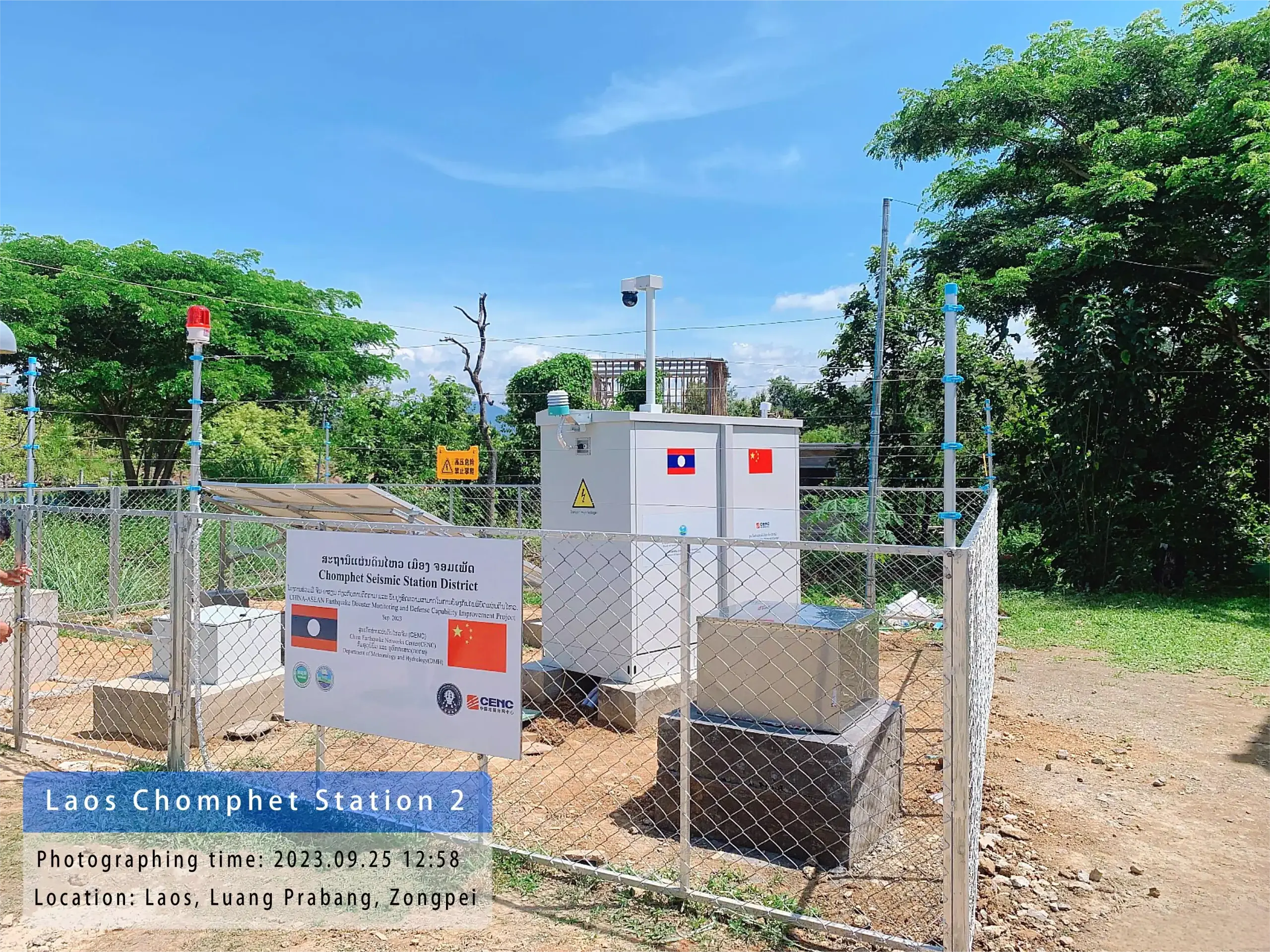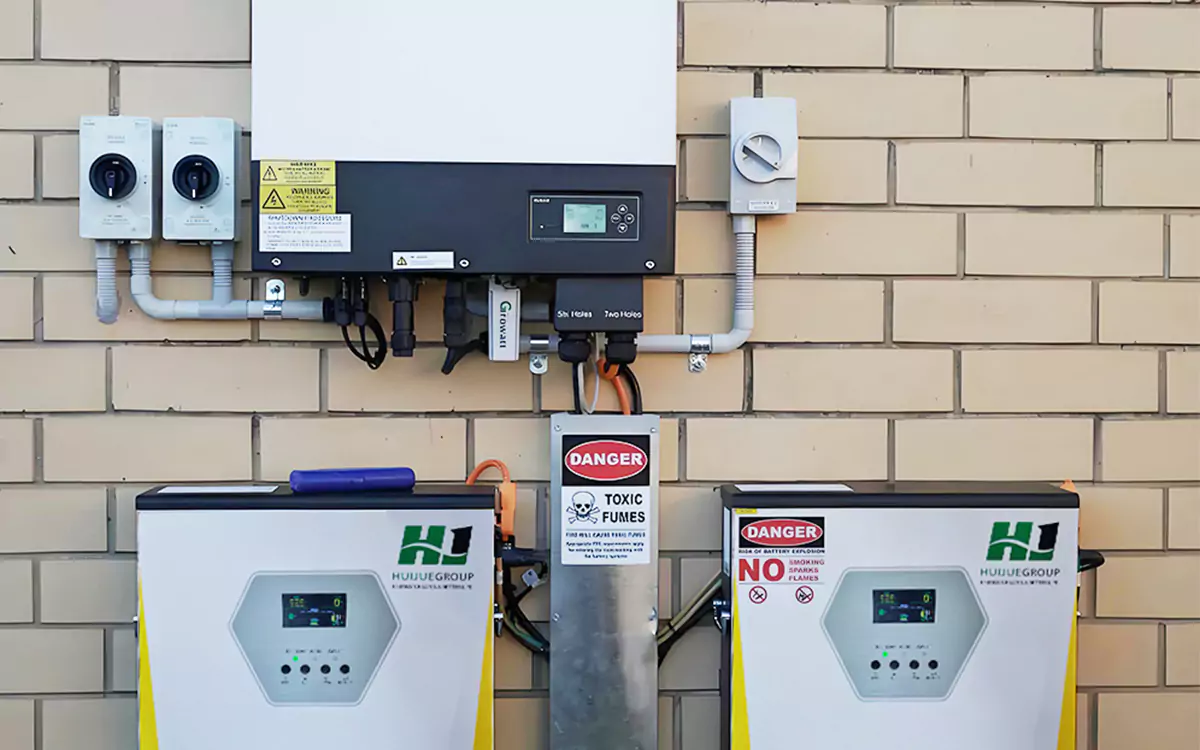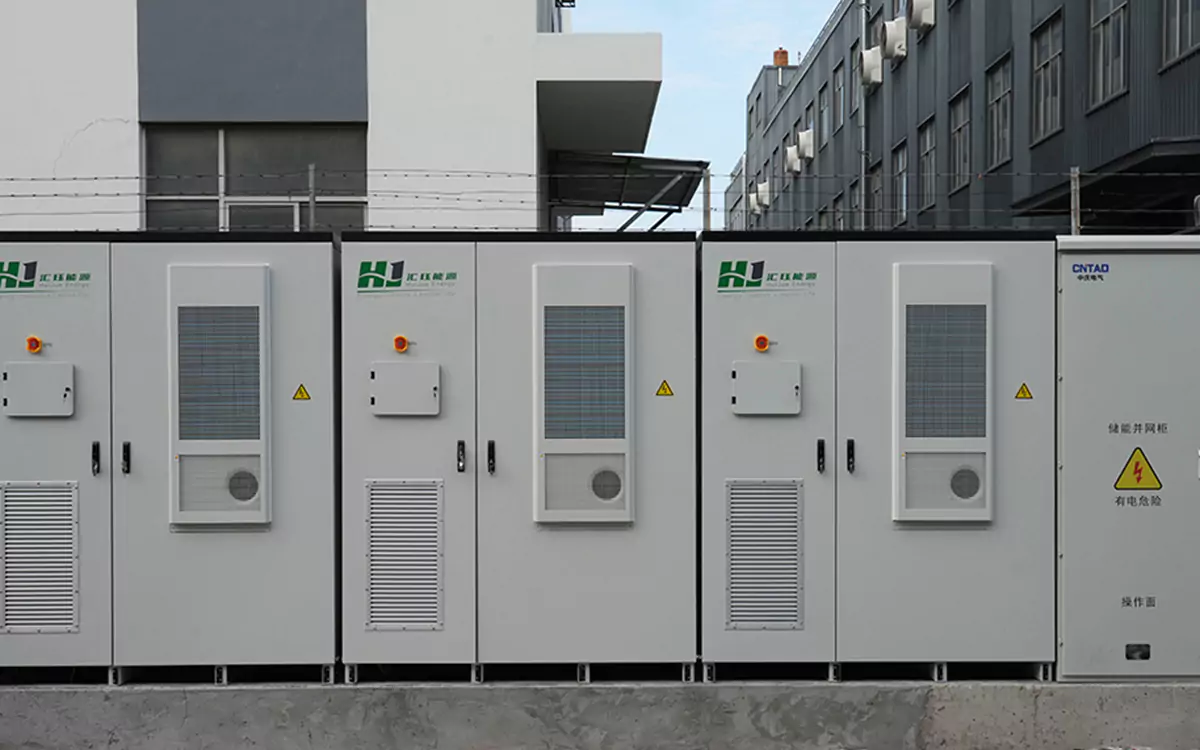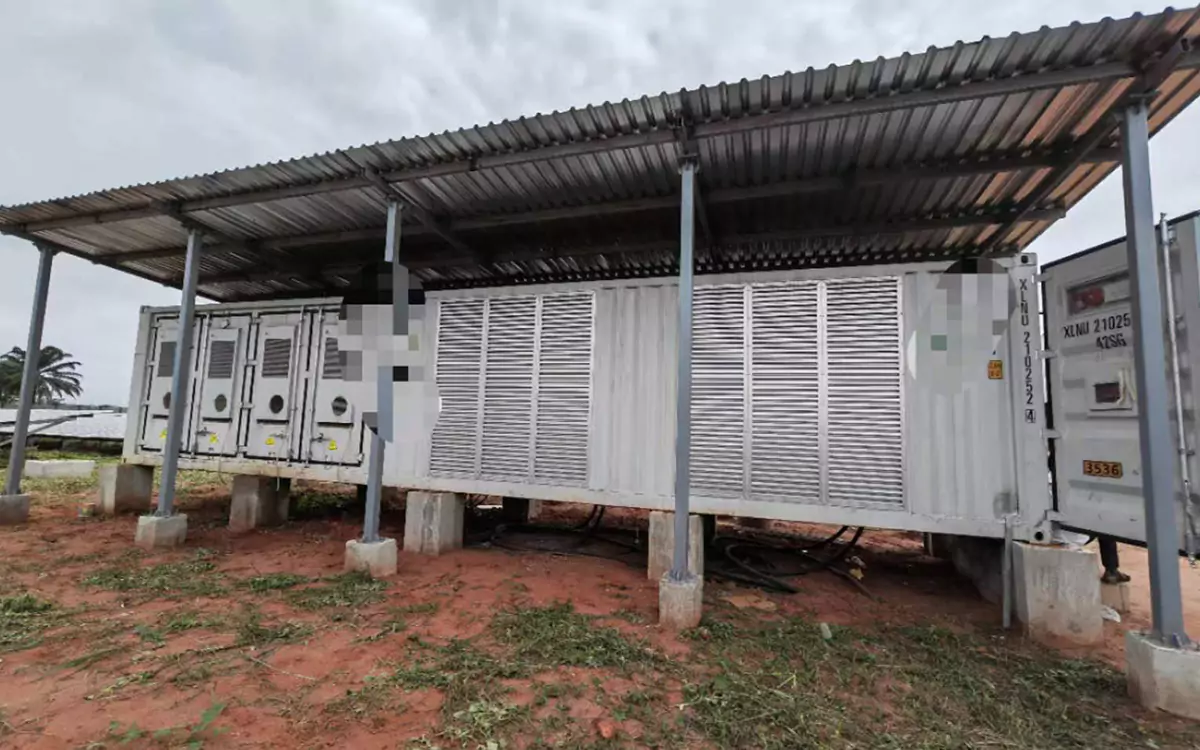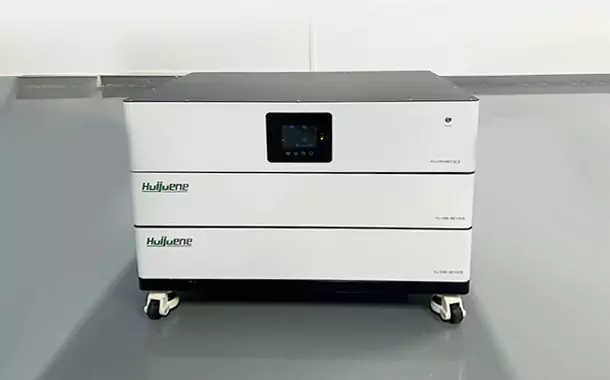What Are the Constituents of Rooftop Solar Photovoltaic Systems?
Based on global carbon neutrality goals, rooftop solar photovoltaic (PV) system installations continue to increase. Global distributed photovoltaic installations stood at 120 GW in 2023, where over 58% were installed on residential rooftops, according to data from the International Renewable Energy Agency (IRENA). These integrated systems of power generation, storage, and consumption are revolutionizing the energy sector by virtue of their underlying building blocks and technologies. So, what is actually a rooftop solar PV system? Let’s find out in detail.
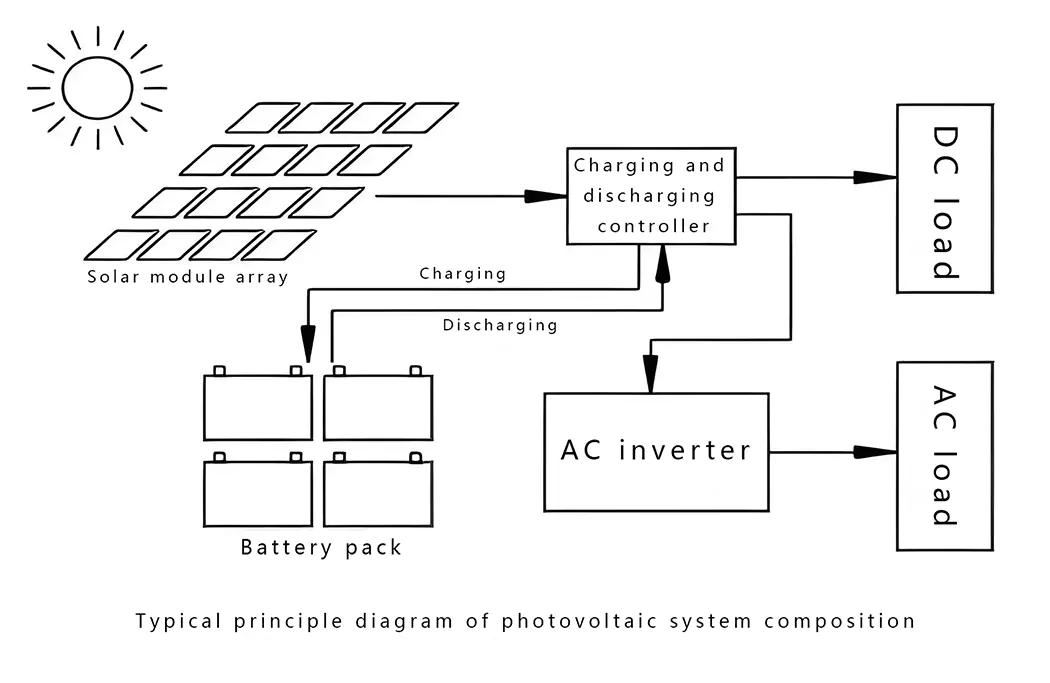
Core Components of Rooftop PV Systems
As the central core of the system, photovoltaic modules have experienced three generations of technology development:
First-Generation Crystalline Silicon Modules
Monocrystalline PERC (Passivated Emitter and Rear Cell): Mass production efficiency ranges from 22.5% to 24.8%.
Polycrystalline Silicon: Efficiency ranges from 17% to 19.6%, with a lower cost of approximately ¥0.3 per watt.
Second-Generation Thin-Film Modules
CIGS (Copper Indium Gallium Selenide): Features flexibility, making it suitable for building-integrated applications such as facades.
Perovskite: Laboratory efficiency has surpassed 33.7%, demonstrating significant potential for future commercialization.
Third-Generation Composite Technologies
HJT (Heterojunction) Cells: Boast a bifacial rate of 95% and an annual degradation rate of less than 0.25%.
TOPCon (Tunnel Oxide Passivated Contact) Modules: Achieve mass-produced power outputs exceeding 700W+, reducing the Levelized Cost of Energy (LCOE) by 12%.
Encapsulation Breakthroughs
Double-Glass Modules: Offer three times the weather resistance of conventional modules, extending their operational lifespan to 35 years.
Smart Modules: Integrated with optimization chips, these modules enhance single-panel power generation by up to 20%.
Inverter technologies are evolving in three key directions:
| Type | Efficiency | Application | Key Features |
| Centralized | 98.50% | Commercial/Industrial | Supports 1500V high-voltage systems |
| String | 99% | Residential/Small-scale | Multi-channel MPPT, shadow optimization |
| Microinverters | 96.50% | Complex Roofs | Module-level monitoring, high safety |
| Hybrid Inverters | 97.20% | Off-grid/Hybrid Systems | Charge-discharge efficiency >90% |
3.Energy Storage Systems (Optional)
For off-grid rooftop PV systems, energy storage enables nighttime electricity use. Common battery types include:
| Battery Type | Cycle Life | Energy Density | Cost per kWh |
| Lead-Acid | 800 cycles | 30-50 Wh/kg | ~$100-150/kWh |
| LiFePO4 (LFP) | 6000 cycles | 120-160 Wh/kg | ~$200-300/kWh |
| Sodium-Ion | 3000 cycles | 100-120 Wh/kg | ~$200-400/kWh |
System Architecture and Energy Management
1.Comparison of Three System Types
| System Type | Off-Grid | Grid-Tied | Hybrid |
| Core Equipment | PV + Inverter + Storage | PV + Grid-Tied Inverter | PV + Hybrid Inverter + Storage |
| Grid Dependency | Fully Independent | Grid-Dependent | Mode-Switchable |
| Applications | Remote/Unpowered Areas | Urban Residences | High-Tariff Commercial |
| ROI Period | ~8-10 Years | ~5-7 Years | ~6-8 Years |
2.Smart Control Systems
Hardware Layer
Environmental Sensors: Continuously monitor irradiance, ambient temperature, and wind speed.
Power Routers: Manage power balancing in DC microgrids to ensure stable operation.
Software Layer
Energy Storage & Distribution Algorithms: Intelligently allocate stored energy to maximize utilization efficiency.
Real-Time Monitoring & Analytics Platforms: Provide comprehensive system performance insights, allowing for proactive maintenance.
Remote Control Interfaces: Allow control of systems via cloud-based interfaces or mobile applications.
Mounting Structures and Accessories
1.Mounting Racks
Mounting racks are critical for fastening PV panels firmly to roofs. They require high mechanical strength and corrosion resistance to withstand harsh weather conditions. Adjustable mounts accommodate various roof types (e.g., sloped, flat) and orientations and maximize panel tilt angles for maximum capture of solar irradiance.
2.Cables and Sealants
Cables: Durable, UV-resistant cables offer efficient transmission of power between components with low energy loss.
Sealants: Elastomeric waterprooof sealants fill module frame-glass surface space and exclude moisture, prolonging module life.
Additional Components
1.Lightning Protection Devices
Located to shield systems from voltage spikes caused by lightning strikes, they also prevent equipment damage and risk of fire.
2.Circuit Protection Equipment
Circuit Breakers: Automatically cut off power in overloads or short circuits.
Relays: De-energize faulty circuits to protect the system and end-users.
Performance Monitoring Systems
Data Loggers: Continuous record of parameters such as voltage, current, and energy output.
Fault Detection Software: Use machine learning-based algorithms to identify anomalies (e.g., panel degradation, shading issues) in real-time.
From monocrystalline silicon panels to smart microgrids, rooftop PV installations are transforming from standalone “power generators” to integrated “energy hubs.” As technology keeps improving—whether it is the commercialization of perovskites, AI-driven energy management, or economies of scale in lithium-ion batteries—rooftop solar is set to become a ubiquitous “green asset” for businesses and consumers alike, delivering both environmental sustainability and long-term economic returns.


 +86 13651638099
+86 13651638099

